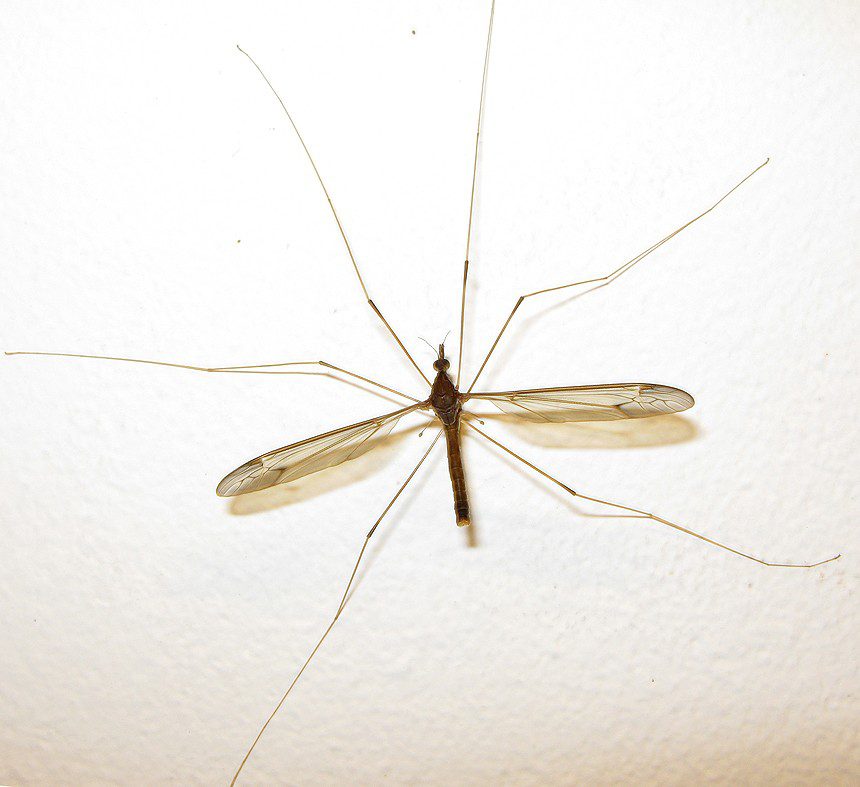
Crane flies, often referred to as “mosquito eaters” or “daddy long legs,” (one of several creatures given the name) crane flies are a common sight in many parts of the world. Despite their somewhat intimidating appearance, these insects play an essential role in our ecosystem. This blog post will delve into the fascinating world of crane flies, dispelling common misconceptions and highlighting their importance in nature.
The Biology of Crane Flies
Crane flies belong to the Tipulidae family of insects. They are characterized by their slender bodies, long legs, and a pair of wings. The larvae, known as “leatherjackets,” are grey-brown in color and feed primarily on decomposing organic matter, especially in wet or moist environments.
The life cycle of a crane fly is quite interesting. They spend most of their life in the larval stage, which can last up to three years or more. Adult crane flies have very short lives, generally one week or two, during which they mate and lay eggs.
Common Misconceptions
They are not mosquitoes, nor do they feed on them, despite being referred to as “mosquito hawks” or “skeeter eaters.”
Importance in the Ecosystem
Crane flies play an important role in a healthy ecosystem. Their larvae serve as a great food source for all sorts of insectivores like frogs, swallows, and armadillos. Additionally, their larvae contribute to soil aeration and nutrient cycling, improving the health of our soils.
How to Handle Crane Flies in Your Home
While crane flies are harmless, they can become a nuisance when they enter homes, attracted by lights at night. Ensuring window screens are in good condition, eliminating gaps around windows and doors, and keeping doors closed can help keep them out of houses.
Conclusion
Understanding the crane fly goes beyond the common nickname “skeeter eaters.” These insects, while often misunderstood, are a vital part of our ecosystem. So, the next time you see a crane fly, remember its importance and let it carry on with its short but essential life.
